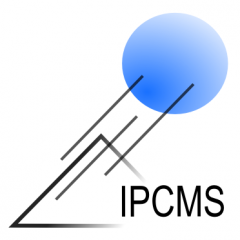Fernanda de Avila Abreu (Microbiology Institute, Federal University of Rio de Janeiro (UFRJ)
Résumé :
Magnetotactic microorganisms are capable of synthesizing membrane-enclosed intracytoplasmic magnetic nanocrystals. The ability to produce these structures is shared among living beings that use the geomagnetic field as a form of guidance in migratory processes. Due to their structural simplicity concerning macroorganisms, magnetotactic bacteria have been widely studied regarding the synthesis of magnetic nanocrystals and magnetic orientation. The nanocrystals produced by magnetotactic bacteria have a narrow size range, consistent shape, chemical purity, crystallographic perfection, and stable properties. Furthermore, the synthesis process is considered entirely sustainable. Therefore, scaling up the production of these magnetic nanoparticles of biological origin, as well as innovative biotechnological approaches, are being studied towards a sustainable future.
Contact : Ovidiu ERSEN, ovidiu.ersen@ipcms.unistra.fr
Prochains évènements
Retour à l'agendaEPICUR workshop on nano-optics and magnonics
in the framework of the EPICUR university alliance with SDU (DK), AMU (PL) and AUTh (GR)
Soutenance de thèse de Talha ZAFAR
Titre : " Nanobead-based Lithograpghy-free Fabrication of Molecular Spintronic Devices"
